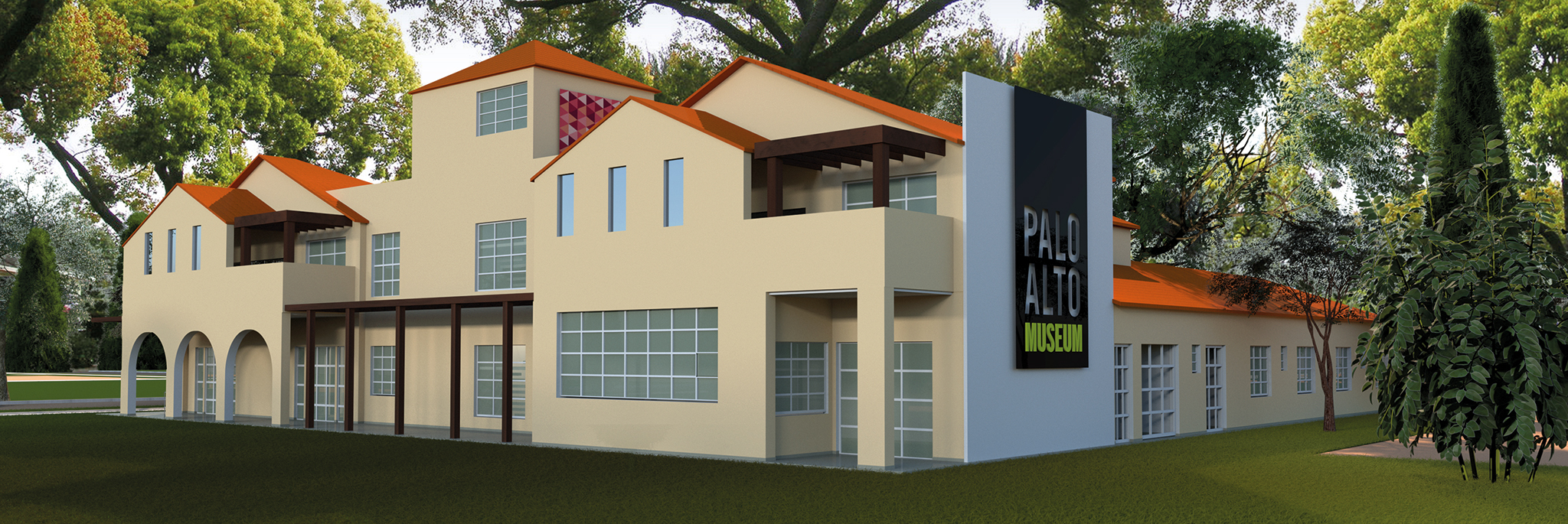CONSTRUCTION TEAM

Garavaglia Architecture, Inc.
Michael Garavaglia, AIA, LEED BD+C
Principal, Preservation Architect – Project architect
Exceeds Secretary of Interiors Professional Qualification Standards – Historic Architecture
With over 32 years of experience in the architectural profession and as principal, Mr. Garavaglia leads the firm with preservation architectural services that respond to the specific needs of cultural resources and their environment. He has long understood the sustainability of historical rehabilitation, its merit in economic development, and its community significance.
His commitment to historic preservation issues includes current memberships with the California Preservation Foundation (past board member and Vice President of Programs), National Trust for Historic Preservation, Association of Preservation Technology, San Francisco Heritage, National Main Street Center, and the Preservation Action Council of San Jose.
He received his professional Bachelor of Architecture from California State Polytechnic University at San Luis Obispo that included a special study program in Historic Preservation, and is licensed to practice architecture in California. The National Institute for Conservation has named Mr. Garavaglia a Conservation Assessment Program (CAP) Assessor and is a LEED® Accredited Professional.
Vance Brown Construction
Since 1932―the same year the Roth Building was completed―Vance Brown, Inc. is known for “straightforward building” and outstanding service from conception to completion. Their work includes many historic properties such as Hoover Pavilion, Toyon Hall, Stanford Barn, Hertz Hall and Castilleja School. This simple approach of excellence has allowed the firm to build long-term relationships with both their customers and contractor partners and they’ve assembled a team of dedicated, experienced builders with integrity. Their teams execute the customer’s vision with the highest quality, minimum time and cost-effective methods.

Kitzi Tanner
Construction Project Manager
Born and raised in Palo Alto, Kitzi’s father, Joe Tanner, was one of the early doctors of the Palo Alto Medical Clinic. Prior to PAHM, Kitzi was the construction project manager for a local venture firm’s new office located in an old brick building in San Francisco.
REHABILITATION SCOPE: The Historic Roth Building
The rehabilitation of the building will include gallery space, office space for museum staff, community meeting rooms, a café, toilet rooms, archive / storage space along with mechanical and other utility spaces. Small additions at the south elevation will increase available useable space. The west side of the property will receive a ramp, exit stair from basement and community room access integrated with south additions. Minimal exterior modifications on the east side will accommodate the public restroom and the code required second stair exit. The café will have a service window facing south toward the park.
The rehabilitation work will follow the Secretary of the Interior’s Standards for Rehabilitation. The Rehabilitation Standards acknowledge the need to alter or add to a historic building to meet continuing or new uses while retaining the building’s historic character. These standards allow for the alteration that will be needed for code upgrades as well as meeting the needs of the museum’s program. The rehabilitation work will be consistent with these standards in first identifying, retaining and preserving character defining features of the building. The identification of features will be done within the framework of a Historic Structure Report. All rehabilitation work will be consistent in preserving and maintaining the historic fabric of the building.
Interior Work
The rehabilitation of the interior will require limited removal or modification of existing walls in development for museum use. The period of significance (1932-1953) will be the guide for proposed modifications of current wall layouts. New accessible toilet rooms will be provided for use by museum visitors and staff. A limited number of new doorways through existing walls will be added to create a smooth flow for visitors through the museum gallery spaces. Main museum circulation paths will follow historic hallways and doorways. The existing elevator only stops at Basement, First and Second Floors and will continue to do so after rehabilitation. Access to the community space will primarily be from the south side of the building. Control points are designed into the building circulation to allow for use of the community room during museum off hours. Community room users will have access to toilet rooms, and trash/recycling, as needed. Control points can be expanded to allow limited access to additional areas of the building as the needs of the group warrants. The building systems upgrades will help provide the appropriate environment for the display and storage of artifacts from the Museum’s collection. Temperature & humidity control as well as lighting along with technological integration are key components of the building system that is to be designed for the Museum.
Exterior Work
The south facing façade, currently with two gable topped blank walls, will be rehabilitated with small additions to create a better relationship to the adjacent park and adjacent residential development. This expansion will provide additional space for museum galleries on the first and second floors at the east end as well as for the working archives on the second floor at west end. The center portion of the south façade will be rehabilitated with features and details that existed during the period of significance.
Code Upgrades
As part of code required upgrades a second exit stair is needed from the second floor. The second stair will be accommodated completely within the current building volume and exit to the east side of the building. The public restroom will be within the existing volume of the building and open on the east side of the building. The door of the exit stair will require a new opening be created through the exterior wall. The restroom door will utilize part of an existing window opening. An accessible path will be created along the east side to provide both access to the restroom from the park and egress path from exit stair toward Homer Street. A second exit stair will also be provided leading from the existing basement up through the existing vent well at the west side of the building toward Bryant Street. An accessible path leading from Bryant Street sidewalk toward the new addition at the south side of the building will be provided along the west side setback.
Off Site
To the south within the park space, the area where the 1946 building wings stood will receive landscaping and open space features developed for use by museum visitors as well as the general public. This proposed work off the building grounds within Heritage Park boundaries will be developed and submitted under a separate process.
Codes: The rehabilitation work will comply with:
- Secretary of the Interior’s Standards for Rehabilitation
- California Historical Building Code
- California Building Code
- California Mechanical Code
- California Electrical Code
- California Plumbing Code
The entitlements listed below for the project have been granted:
- Major Historic Resource Review
- Conditional Use Permit (CUP) under “Community Use Center”
- Minor Architectural Review for exterior changes including request for “Parking Adjustment by Director”
- Transfer Development Rights (TDR)
